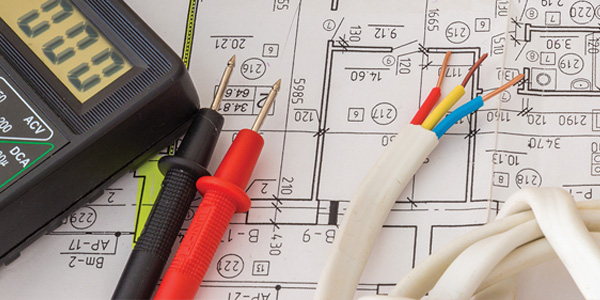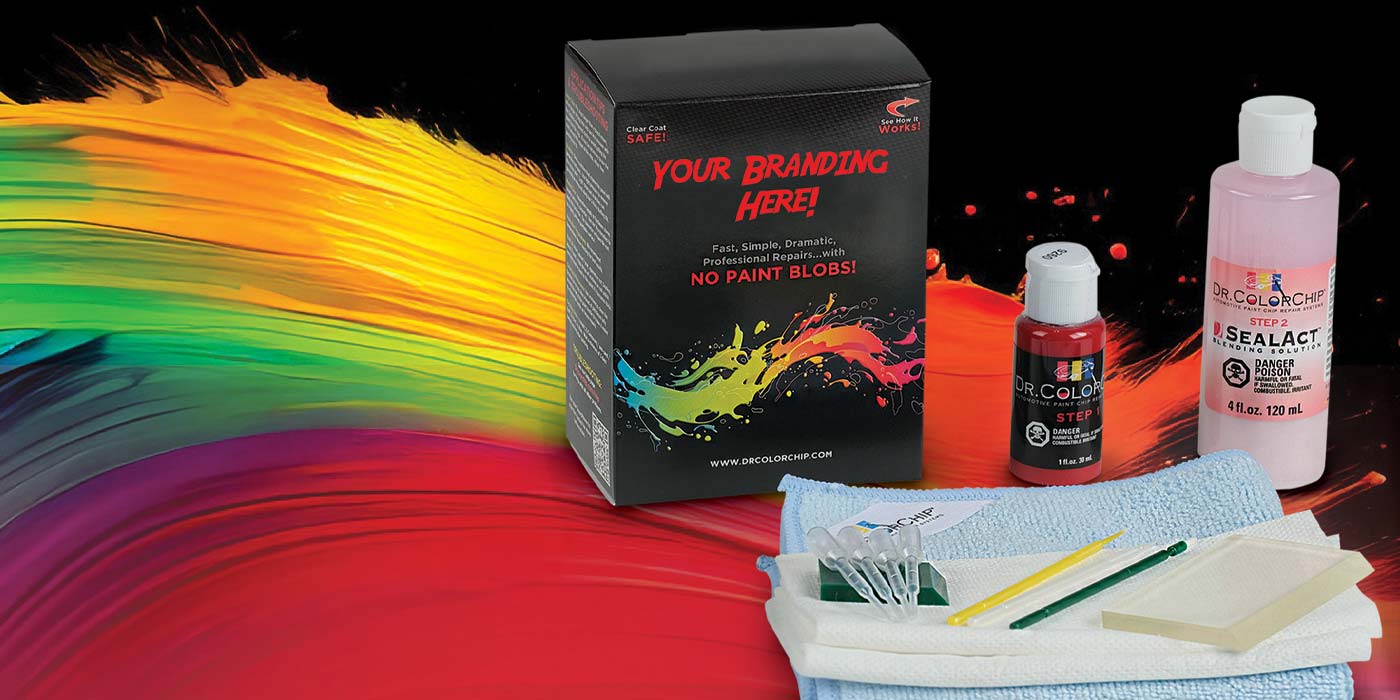Suddenly, an entire wall of our bedroom had no electrical power. I checked for flipped circuit breakers in the central junction box, but all looked proper. So, to “fix” the problem, which I presumed was a short in the ceiling fan, I climbed onto the bed and, wobbling, pulled the fan housing to check for loose wires.
When the fan wiring checked out intact, I moved on to a wall switch. It checked out as well.
The real fix occurred only when a professional electrician, using the proper tools, identified the problem: a loose wire in a light fixture in an adjacent room closet that butted up to our bedroom.
Afterward, thinking about this, I recognized the parallel to my home circuits and used car vehicle reconditioning. That circuit is: Acquire Inventory/Trades > Time to Line (T2L) > Customer Ready > Sale > Acquire Anew.
Any shorts in this reconditioning circuit stops or delays the flow of cars from acquisition to front line. Regardless of the cause of delay, these malfunctions slow the progress of new inventory to the front line.
You don’t bring in an electrician to resolve these shorts and tripped circuits. You need a GM who cares mightily about the overall performance of the dealership — and takes a personal interest in seeing that reconditioning T2L rate continually improves. The best tool they can use to help them drive this improved performance is reconditioning workflow software. This tool gives them the process structures, personnel accountability and reporting to identify breakdowns in this critical function and get them “fixed” quickly.
Where might shorts and broken circuits be disrupting your used car profitability?
1. Acquire inventory/trades — Short circuits here include tolerating delays getting vehicles logged into recon after they’ve been unloaded from transport or released from finance after trades. We hear of these delays extending from hours to days. Also, watch for over-conditioning trades, which will jeopardize your ability to retail them profitably. Over-reconditioning also tends to slow the entire T2L performance.
2. Time to Line — Theoretically, T2L begins when you write a check for a vehicle you acquire. In practice, though, most dealers start the T2L clock when they log vehicles into recon. The clock stops when the specified level of “finished” is met. T2L short circuits include:
• Service prioritizing customer-pay work over internal repairs (we often forget that the used car department is the dealership’s most profitable customer)
• Over-reconditioning
• Repair approval delays
• Parts delays
• Forgetfulness, including where staff parked cars, moved cars to await parts or left with sublets
Unless recon works from a bona fide tracking system — not mental notes, spreadsheets or clipboard systems — real progress and location tracking is unpredictable.
3. Customer Ready — The dealer determines this. Most dealers will define “customer ready” as sales ready — all mechanical, body shop, cosmetic and photography completed. We know of one or two dealers who identify cars as sales ready with remaining touch up, trim and wheel-conditioning needs not completed before they move them to the lot; the dealership’s staff will address these matters once a customer wants to purchase.
4. Sales — A 10- to 21-day T2L gets cars customer ready after those vehicles have aged and their prime retail window has evaporated. Slow T2L short circuits the used car department’s ability to maximize sales gross and increase inventory turn.
To overcome these delays, some practices need management attention — and to be leveraging the right tools for this important job.
First, T2L is not often measured and managed as a predictable, repeatable set of processes. We have helped more than 1,000 dealerships stop shorts and broken circuits in their used car and reconditioning processes. The most profitable and efficient — and verifiable — T2L is a three- to-five-day average. Second, where reconditioning personnel continue to use old-school practices, T2L delays will continue to erode efficiency and used car profitability.
Faster recon increases inventory turn, reduces holding costs and gets cars front-line ready faster, often to the point where 18 or more days of the critical 21-day prime retail window still remain available.
We’ve found that, when T2L software is first applied to measure recon operations, dealers often see that their actual T2L is from eight to 21 days or more of this valuable time.
Again, the most profitable used car departments report enjoying a three- to five-day T2L. Take a pencil to your T2L at $40/day/car — the average holding cost for non-highline stores. This depreciation erodes sale gross, costing your dealership several hundred dollars or more in lost gross per sale, not to mention getting cars to the front line that are already aging out.
While cutting T2L in half will make your dealer principal ecstatic, faster reconditioning also creates other benefits. When everyone — your GM, service and parts managers, the used car manager and all others involved with recon — knows where your cars are both physically and within their recon cycle, bottlenecks and delays are identified and resolved in near-real time.
My favorite benefit — and the favorite benefit of many dealers — that flows out of automated reconditioning is accountability. Now everyone involved knows his or her work responsibilities and tasks — and so does everyone else. Shirkers can’t hide anymore and excuses fall to transparency.
Accountability, control, transparency and workflow structuring keep staff motivated and contributing to continuous process improvement.
By using the right tools, you can keep the power flowing through this vital circuit.
Click here to view more solutions from Dennis McGinn and Rapid Recon.














